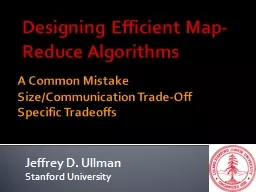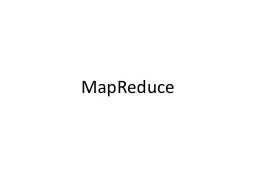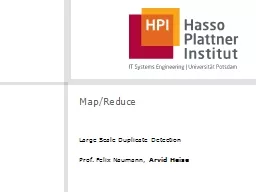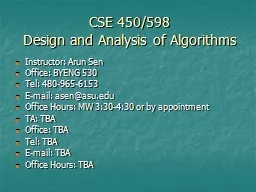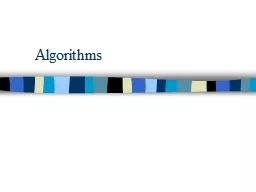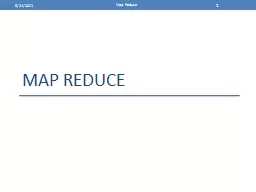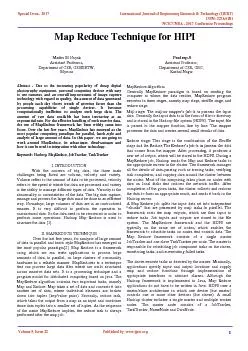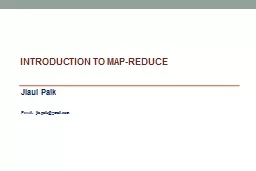PPT-Designing Efficient Map-Reduce Algorithms
Author : trish-goza | Published Date : 2017-08-28
A Common Mistake SizeCommunication TradeOff Specific Tradeoffs Jeffrey D Ullman Stanford University Research Is Joint Work of Foto Afrati NTUA Anish Das Sarma
Presentation Embed Code
Download Presentation
Download Presentation The PPT/PDF document "Designing Efficient Map-Reduce Algorithm..." is the property of its rightful owner. Permission is granted to download and print the materials on this website for personal, non-commercial use only, and to display it on your personal computer provided you do not modify the materials and that you retain all copyright notices contained in the materials. By downloading content from our website, you accept the terms of this agreement.
Designing Efficient Map-Reduce Algorithms: Transcript
Download Rules Of Document
"Designing Efficient Map-Reduce Algorithms"The content belongs to its owner. You may download and print it for personal use, without modification, and keep all copyright notices. By downloading, you agree to these terms.
Related Documents

